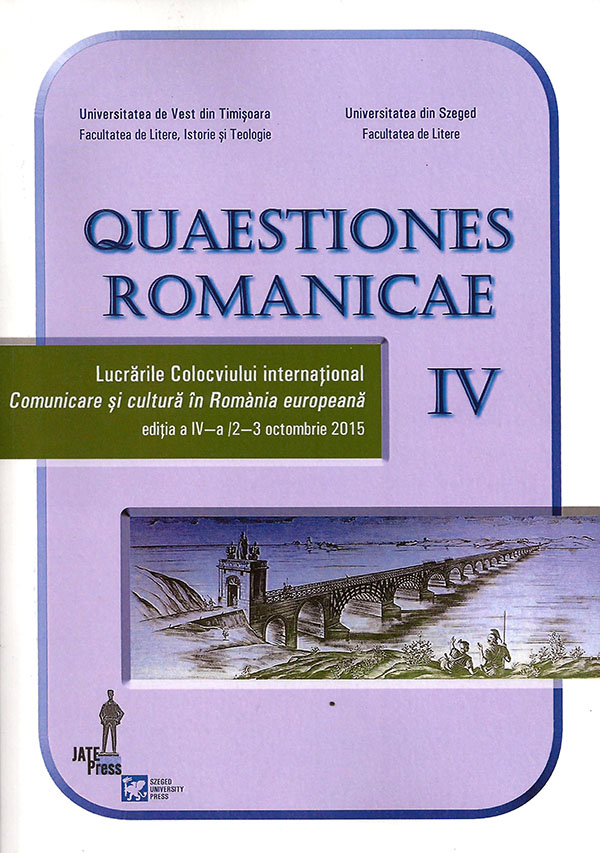Estetica macabrului în tragediile senecane
Abstract: (The Aesthetics of the Macabre in Senecaʼs Tragedies) From a stoical perspective, the Senecan tragedies are the field on which man confronts his destiny in a battle between ira and furor, on the one hand, and reason on the other. Seneca’s plays focus on extreme circumstances and pathological characters. From a visual, macabre viewpoint, Senecan characters belong to the category of the monstrous. They are actors in a lugubrious performance and should be analysed not based on the criteria of sanity, but those of insanity that goes beyond the limits of a troubled human mind. Seneca creates an astounding aesthetic category of diabolical male and female prototypes. His characters gradually give up their human features and culminate in a terrifying demonic representation for which both the playwright and his audience had a peculiar kind of admiration. The shocking macabre side of Seneca’s tragedies intensifies the act of killing, the symbol of revenge and the concepts of dolor, ira, furor, nefas and fatum with which murder blends naturally and indissolubly and which are embodied in emblematic characters like Medea and Thyestes, who lend their names to the tragedies discussed in this paper. The feast of male cruelty follows the fascinating female demonic performance ending with the metamorphosis of the witch. In opposition to the blood that boils in the characters’ mind and soul, sanguis, the blood that flows too slowly from Seneca’s veins, will become the symbol of death seen not as a tragic end, but as moral and spiritual emancipation.
Keywords: Senecan tragedies, macabre, sanguis/cruor, ira, furor.
Rezumat: Din perspectivă stoică, tragediile senecane reprezintă câmpul pe care se desfăşoară lupta dintre om şi destin, dintre ira şi furor, pe de o parte, şi gândirea corectă, raţiunea, pe de alta. Ele gravitează în jurul unor situaţii şi caractere extreme, dominate de patologic. Din perspectiva macabrului vizual, personajele senecane trec în categoria monstruosului, susţinând un spectacol lugubru, şi vor trebui cântărite nu după criteriile normalităţii, ci ale unei sminteli ieşite din limitele omenescului. Lui Seneca îi reuşeşte o neaşteptată estetică a diabolicului feminin şi masculin. Gradual, eroii săi renunţă la uman în favoarea inumanului, ajungând la un apogeu al terifiantului demonic pentru care Seneca, odată cu spectatorii lui, nu-şi poate reţine admiraţia. Componenta estetică macabră, şocantă amplifică gestul criminal, simbolul răzbunării şi al conceptelor de dolor, ira, furor, nefas şi fatum, cărora crima li se asociază natural, indisolubil, în personaje antitetice şi emblematice ca Medeea şi Thyestes, care dau şi titlul tragediilor discutate în lucrarea de faţă. Ospăţul cruzimii masculine vine în completarea unui diabolic feminin fascinant, încheiat cu metamorfozarea vrăjitoarei. În contrast cu sângeleclocotitor din mintea şi sufletul personajelor, sanguis, sângele scurs prea molcom din venele sinucigaşului Seneca, va deveni simbolul morţii care, pentru tragediograful filosof, nu va fi deloc tragică, ci eliberatoare moral şi spiritual.
Cuvinte cheie: tragedii senecane, macabru, sanguis/cruor, ira, furor.
